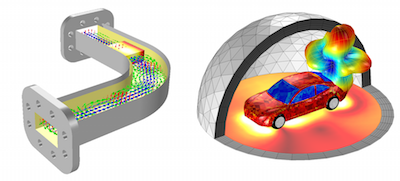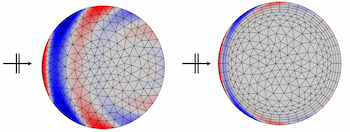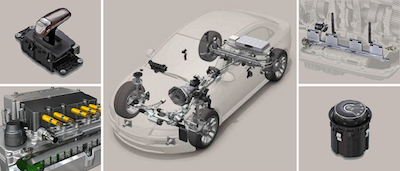Electromagnetics Blog Posts

Simulation Tools for Solving Wave Electromagnetics Problems
Take a look at the various modeling, meshing, solving, and postprocessing options available for solving wave electromagnetics problems in COMSOL Multiphysics®.

Protecting Aircraft Composites from Lightning Strike Damage
Some aircraft have a protective coating to mitigate damage from lightning strikes. Boeing used multiphysics simulation to evaluate thermal stress and displacement in this layer.

Modeling of Materials in Wave Electromagnetics Problems
Get an introduction to the various material models that are relevant to modeling wave electromagnetics problems in COMSOL Multiphysics®.

Modeling an Inductive Position Sensor
A researcher from Lemfoerder Electronic GmbH in Germany used simulation to design an inductive position sensor for automotive applications. Get details here.

Creating a Wavelength Tunable LED Simulation App
Learn how to turn a model of an LED device into a user-friendly simulation app, which can then be used to assess the impact of different designs on the LED’s emission characteristics.

Modeling Metallic Objects in Wave Electromagnetics Problems
What is a metal, anyway? These materials are highly conductive and very good at reflecting incident electromagnetic waves, including light, microwaves, and radio waves.

Modeling a Stacked Piezoelectric Actuator in a Valve
Piezoelectric valves are energy efficient, durable, and fast. You can model a key component of this device responsible for opening and closing the valve: a stacked piezoelectric actuator.

Modeling Thin Dielectric Films in Optics
Interested in modeling optical systems with dielectric films? Get an overview of some of the built-in tools in the Ray Optics Module for these modeling scenarios.
